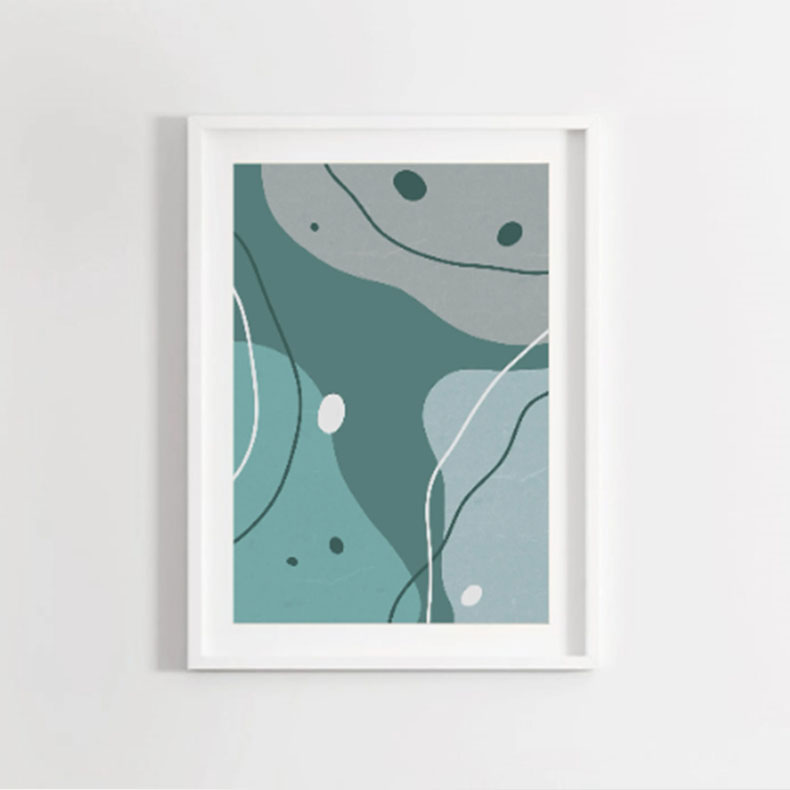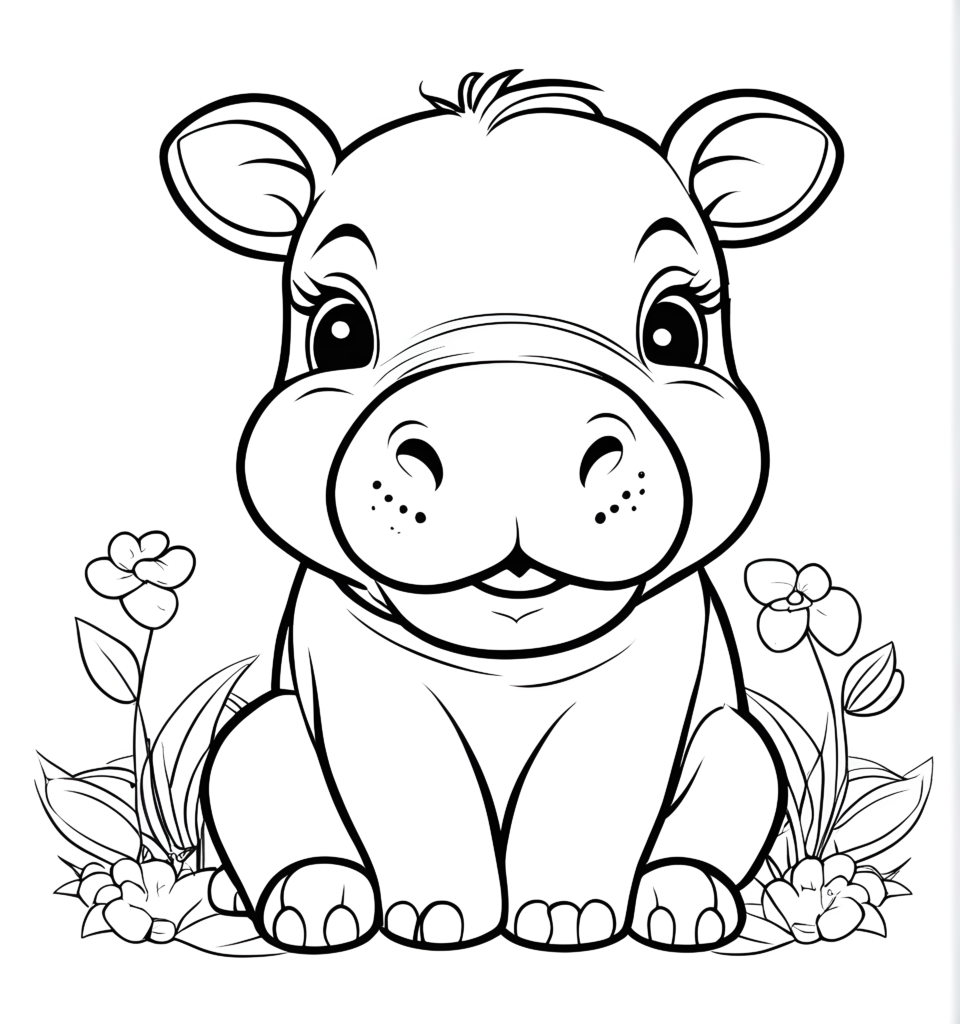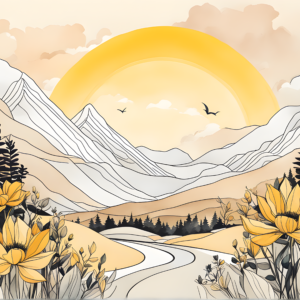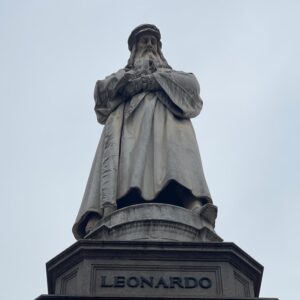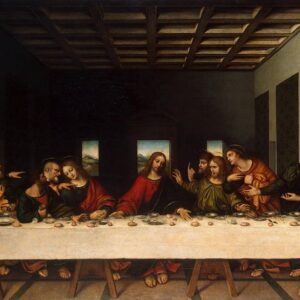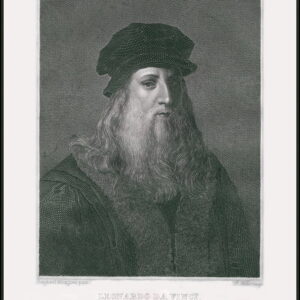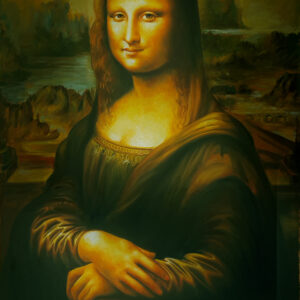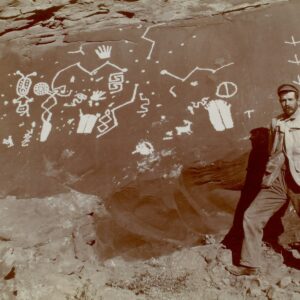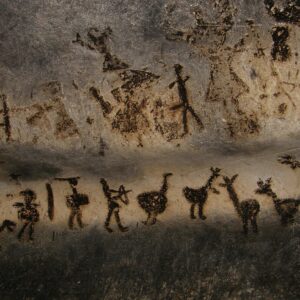Psartworks
Welcome to the number one source for the best products online.
We keep adding products regularly. So do check out our latest offerings.
Buy Quality Product at an affordable price
Shop By Category

View All
Kids Print
Sale
-
Indian Folk Art | Indian Pichawai Art set of 3
30.00$Original price was: 30.00$.10.00$Current price is: 10.00$. Add to cartAdd to WishlistAdd to Wishlist -
Indian Traditional Elephant Wall Art Print
10.00$Original price was: 10.00$.5.00$Current price is: 5.00$. Add to cartAdd to WishlistAdd to Wishlist -
Buddha Print, Indian Traditional Art
10.00$Original price was: 10.00$.5.00$Current price is: 5.00$. Add to cartAdd to WishlistAdd to Wishlist -
Indian Folk Art, Elephant, Peacock Wall Art, Indian Art
60.00$Original price was: 60.00$.20.00$Current price is: 20.00$. Add to cartAdd to WishlistAdd to Wishlist -
Vintage Wall Art, Mughal Art Set
60.00$Original price was: 60.00$.20.00$Current price is: 20.00$. Add to cartAdd to WishlistAdd to Wishlist -
Peacock Wall Art Print Set of 3
30.00$Original price was: 30.00$.10.00$Current price is: 10.00$. Add to cartAdd to WishlistAdd to Wishlist -
Indian Woman Folk Art
30.00$Original price was: 30.00$.10.00$Current price is: 10.00$. Add to cartAdd to WishlistAdd to Wishlist -
Indian Folk Art
30.00$Original price was: 30.00$.10.00$Current price is: 10.00$. Add to cartAdd to WishlistAdd to Wishlist -
Indian Folk Art
30.00$Original price was: 30.00$.10.00$Current price is: 10.00$. Add to cartAdd to WishlistAdd to Wishlist -
Indian Folk Art
30.00$Original price was: 30.00$.10.00$Current price is: 10.00$. Add to cartAdd to WishlistAdd to Wishlist -
Indian Folk Art
30.00$Original price was: 30.00$.10.00$Current price is: 10.00$. Add to cartAdd to WishlistAdd to Wishlist -
Scrap Book Papers | Digital Papers
3.00$Original price was: 3.00$.1.00$Current price is: 1.00$. Add to cartAdd to WishlistAdd to Wishlist
Latest
-
 Add to WishlistAdd to Wishlist
Add to WishlistAdd to Wishlist -
 Add to WishlistAdd to Wishlist
Add to WishlistAdd to Wishlist -
 Add to WishlistAdd to Wishlist
Add to WishlistAdd to Wishlist -
 Add to WishlistAdd to Wishlist
Add to WishlistAdd to Wishlist -
 Add to WishlistAdd to Wishlist
Add to WishlistAdd to Wishlist -
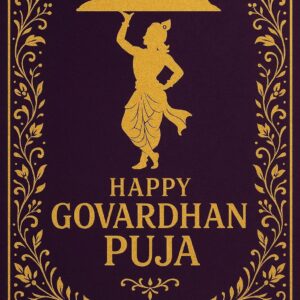 Add to WishlistAdd to Wishlist
Add to WishlistAdd to Wishlist -
 Add to WishlistAdd to Wishlist
Add to WishlistAdd to Wishlist -
 Add to WishlistAdd to Wishlist
Add to WishlistAdd to Wishlist -
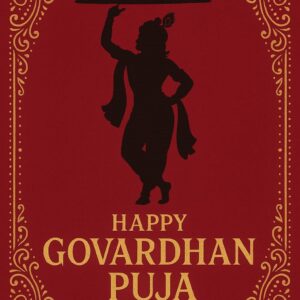 Add to WishlistAdd to Wishlist
Add to WishlistAdd to Wishlist -
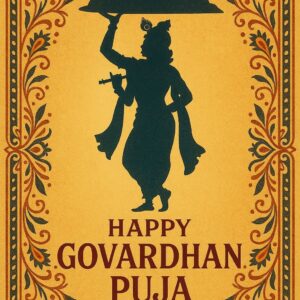 Add to WishlistAdd to Wishlist
Add to WishlistAdd to Wishlist -
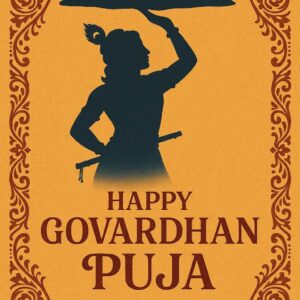 Add to WishlistAdd to Wishlist
Add to WishlistAdd to Wishlist -
 Add to WishlistAdd to Wishlist
Add to WishlistAdd to Wishlist -
 Add to WishlistAdd to Wishlist
Add to WishlistAdd to Wishlist -
 Add to WishlistAdd to Wishlist
Add to WishlistAdd to Wishlist -
 Add to WishlistAdd to Wishlist
Add to WishlistAdd to Wishlist -
 Add to WishlistAdd to Wishlist
Add to WishlistAdd to Wishlist -
 Add to WishlistAdd to Wishlist
Add to WishlistAdd to Wishlist -
 Add to WishlistAdd to Wishlist
Add to WishlistAdd to Wishlist
Featured Products
-
 Add to WishlistAdd to Wishlist
Add to WishlistAdd to Wishlist -
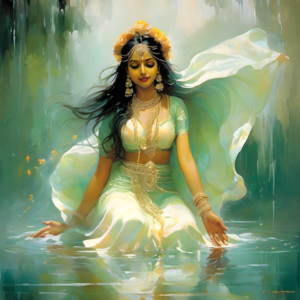 Add to WishlistAdd to Wishlist
Add to WishlistAdd to Wishlist -
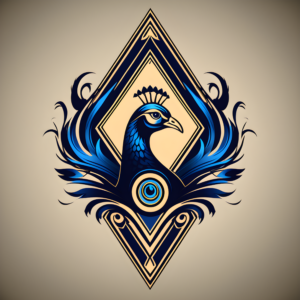 Add to WishlistAdd to Wishlist
Add to WishlistAdd to Wishlist -
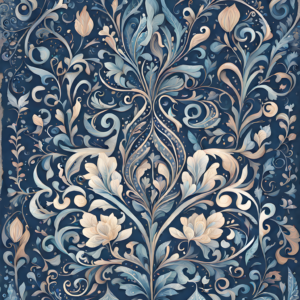 Add to WishlistAdd to Wishlist
Add to WishlistAdd to Wishlist -
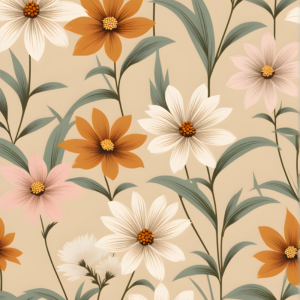 Add to WishlistAdd to Wishlist
Add to WishlistAdd to Wishlist -
 Add to WishlistAdd to Wishlist
Add to WishlistAdd to Wishlist -
 Add to WishlistAdd to Wishlist
Add to WishlistAdd to Wishlist -
 Add to WishlistAdd to Wishlist
Add to WishlistAdd to Wishlist -
 Add to WishlistAdd to Wishlist
Add to WishlistAdd to Wishlist -
Scrap Book Papers | Digital Papers
3.00$Original price was: 3.00$.1.00$Current price is: 1.00$. Add to cartAdd to WishlistAdd to Wishlist -
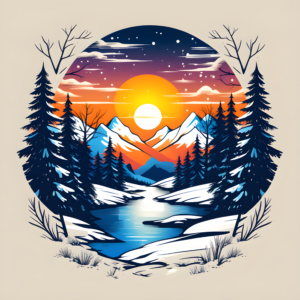 Add to WishlistAdd to Wishlist
Add to WishlistAdd to Wishlist -
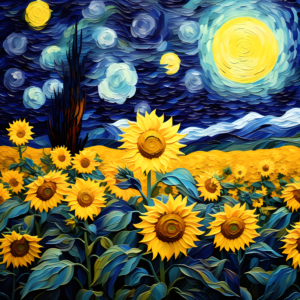 Add to WishlistAdd to Wishlist
Add to WishlistAdd to Wishlist -
 Add to WishlistAdd to Wishlist
Add to WishlistAdd to Wishlist
Best Selling
-
Indian Folk Art | Indian Pichawai Art set of 3
30.00$Original price was: 30.00$.10.00$Current price is: 10.00$. Add to cartAdd to WishlistAdd to Wishlist -
 Add to WishlistAdd to Wishlist
Add to WishlistAdd to Wishlist -
 Add to WishlistAdd to Wishlist
Add to WishlistAdd to Wishlist -
 Add to WishlistAdd to Wishlist
Add to WishlistAdd to Wishlist -
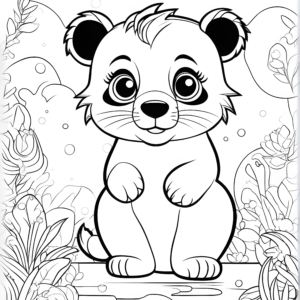 Add to WishlistAdd to Wishlist
Add to WishlistAdd to Wishlist -
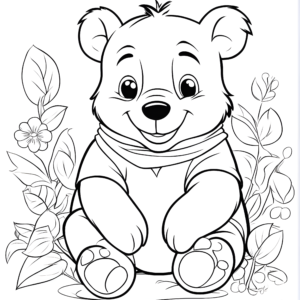 Add to WishlistAdd to Wishlist
Add to WishlistAdd to Wishlist -
 Add to WishlistAdd to Wishlist
Add to WishlistAdd to Wishlist -
 Add to WishlistAdd to Wishlist
Add to WishlistAdd to Wishlist -
 Add to WishlistAdd to Wishlist
Add to WishlistAdd to Wishlist -
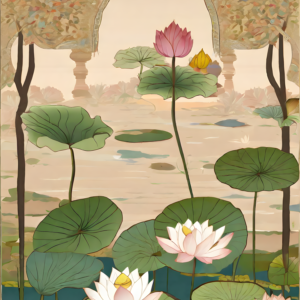 Add to WishlistAdd to Wishlist
Add to WishlistAdd to Wishlist -
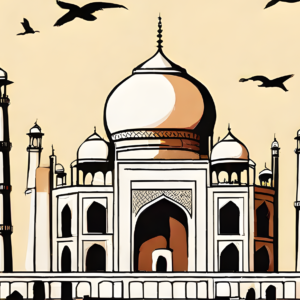 Add to WishlistAdd to Wishlist
Add to WishlistAdd to Wishlist -
 Add to WishlistAdd to Wishlist
Add to WishlistAdd to Wishlist -
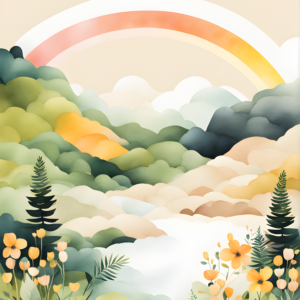 Add to WishlistAdd to Wishlist
Add to WishlistAdd to Wishlist -
 Add to WishlistAdd to Wishlist
Add to WishlistAdd to Wishlist -
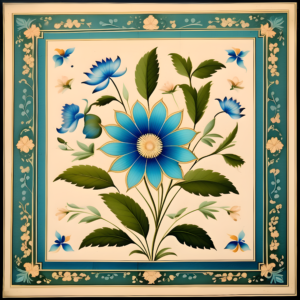 Add to WishlistAdd to Wishlist
Add to WishlistAdd to Wishlist -
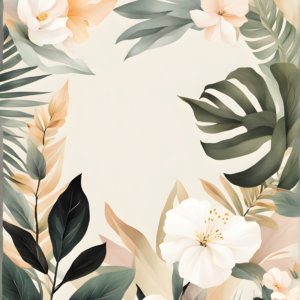 Add to WishlistAdd to Wishlist
Add to WishlistAdd to Wishlist -
 Add to WishlistAdd to Wishlist
Add to WishlistAdd to Wishlist -
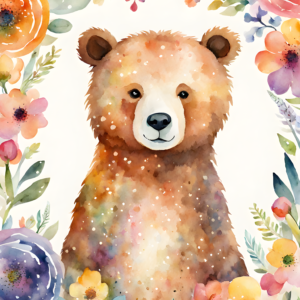 Add to WishlistAdd to Wishlist
Add to WishlistAdd to Wishlist
Testimonials
What Our Clients Say
Excellent experience with this store! They made a modification to make it just like I wanted. The result is absolutely stunning!! Absolute beautiful art I am obsessed with my space since print were added!
Lovely designs, with good quality.
4.8
4.8/5
Average Custmer Rating
Excellent experience with this store! They made a modification to make it just like I wanted. The result is absolutely stunning!!

traver carlson
Designer
Absolute beautiful art 🤍 I am obsessed with my space since were added! Lovely designs, with good quality and easy to download!
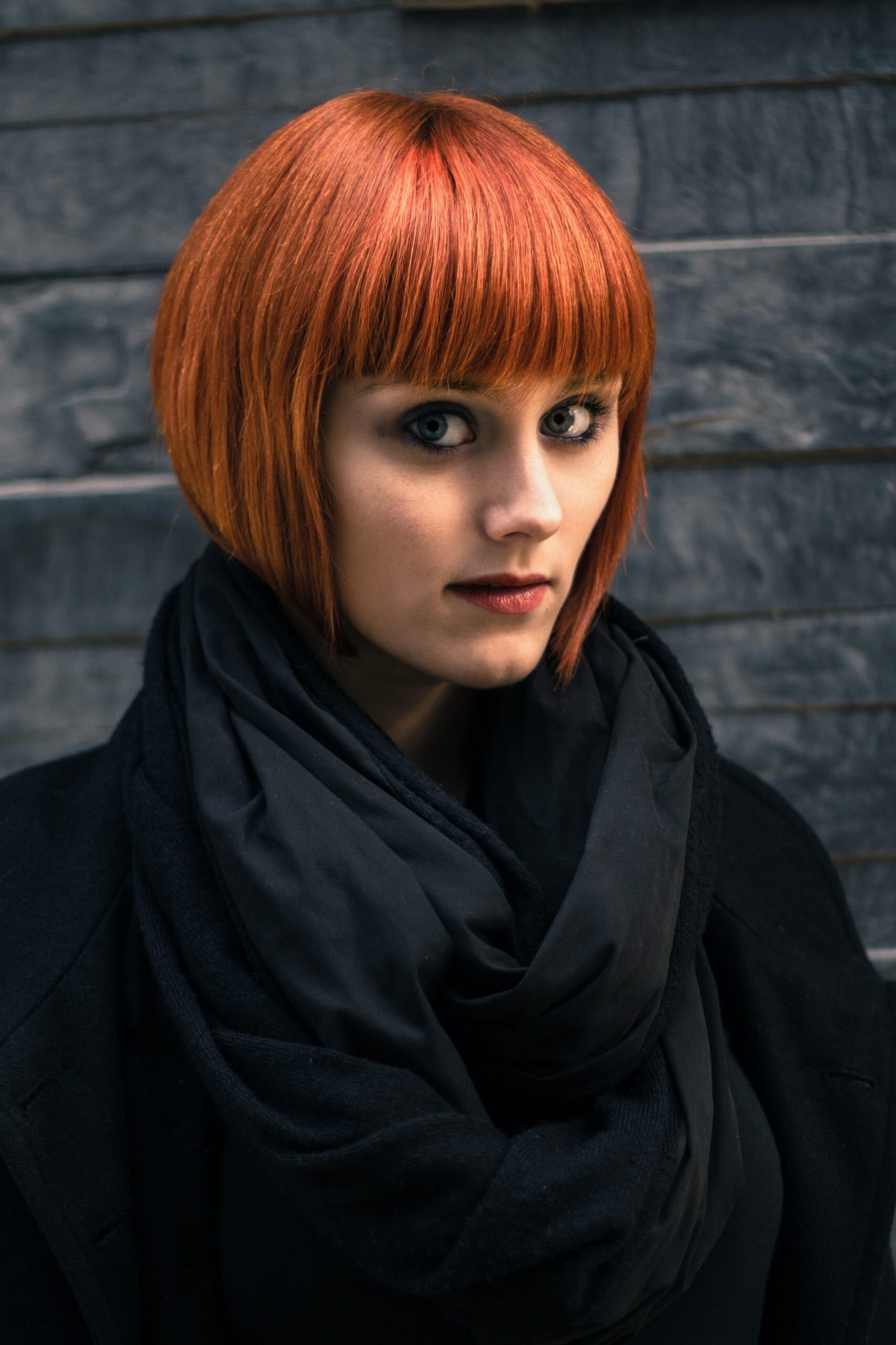
Breanna
Customer
I loved that I was given several sizes to be able to print exactly what I wanted . when I bought these. I ended up printing at walmart in size 16x20 and hung them behind my couch.

Jenesh
Client
Why Customers Love Us
Our dedication and commitment to providing the best products to our customers have made us a people’s favourite. We match our quality with the best prices and ensure our customers have a safe and smooth shopping experience with us.
News & Articles
Boho Chic Wallpapers | Best Bohemian Wallpaper Ideas
March 9, 2024
Boho Chic Wallpapers Free Download
March 6, 2024
How did Leonardo da Vinci become famous?
February 11, 2024
What is depicted in “The Last Supper”? ,
February 5, 2024
What is the most interesting thing about Leonardo da Vinci?
February 4, 2024
How long did da Vinci work on the lips of the Mona Lisa?
January 28, 2024
Who discovered prehistoric rock paintings?
January 22, 2024




